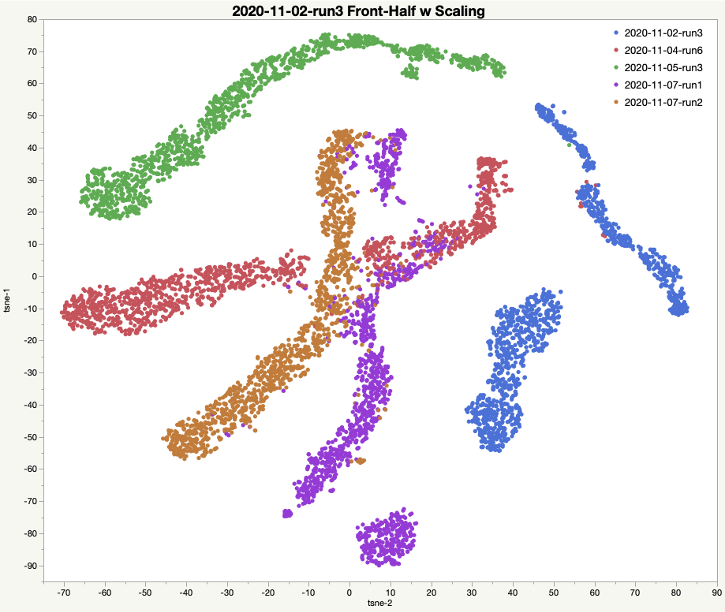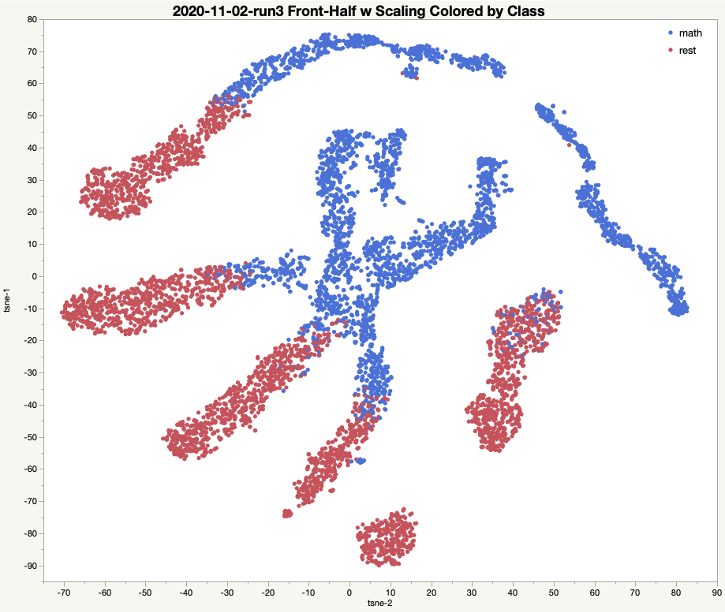[ Brain Switch ]

BS / 2001
Architecture of Brain Switch
The Brain Switch is a complete brain-computer system allowing for real-time correspondence of simple user needs to a caretaker without speaking. This Switch acts as the first step in restoring communication to those with motor function disabilities, creating a solid foundation on which to develop additional technologies. In this architecture, two mobile devices connect to a server, one as the notification device used by the caretaker for remote insights and the other, used by or near the patient.
The patient device streams packets of raw multi-channel electroencephalography data from a consumer grade brain-computer interface back to the server. With this information, a shallow convolutional neural network is trained and used to classify mental states in real-time. Using Brain Switch, the caretaker can be notified remotely, can ask questions, and monitor the well-being of the patient, all without a muscle being moved.
This project utilized a broad spectrum of skills, exploring data science pipelines, app development and server integration. Working with Dr. Nataliya Kosmyna in the Fluid Interfaces group, the initial prototype has been deployed to a patient with ALS and his family to begin testing and data collection. Dataset and paper in progress.



BS / 2002
Reducing Covariate Shift Across Intra-Patient Runs
